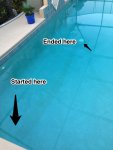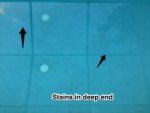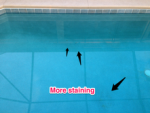- Sep 26, 2012
- 7
I have a WS series 8" round dual Hayward main drains in my pool built in 2004. I would like to drain the pool but know that I need to remove the plugs from the pool when draining. does anyone know if there is a o ring on the plug that I will need to replace once I unscrew the plugs? When re installing the plugs do they need to have teflon tape or any other sealant methods or just screw them back in? When I start to drain at what water level in the pool do I need to pull the plugs out? How big of a concern is it for delamination of the finish? I purchased a foreclosed home and the pool has some staining. I would like to drain the pool and acid wash but i dont want to create a bigger problem of the finish popping off if I take all the water out.


 Welcome to TFP
Welcome to TFP 

